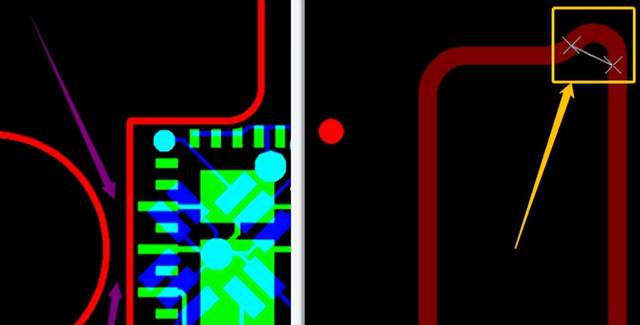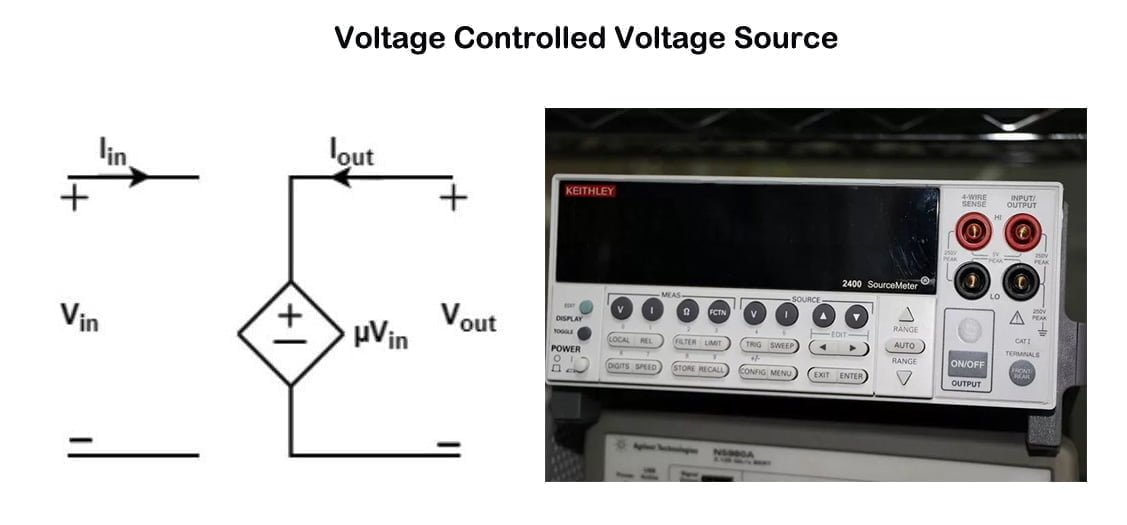A low noise amplifier (LNA) is a type of electronic amplifier used to amplify signals with very low noise. It is an essential component used in a wide range of applications, from communications to radar systems. In this article, we will explore the basics of low noise amplifiers and discuss its different types, design considerations, applications, and more.
What is a Low Noise Amplifier?
A low noise amplifier is an electronic device used to amplify weak signals while adding as little noise as possible to the signal. It is typically used in RF (radio frequency) circuit and microwave applications, where it amplifies weak signals before they are passed on to the receiver. It is designed to have a low noise figure, which is the ratio of the signal-to-noise level of the amplifier, and a high gain, which is the ratio of the output to the input.
Low Noise Amplifier Structure
LNAs are usually composed of two stages: an input stage and an output stage. The input stage amplifies the input signal and the output stage amplifies the signal again. This two-stage approach reduces noise and increases gain. LNAs are typically used in the form of integrated circuits (ICs) or modules. Below is low noise amplifier circuit diagram:
Benefits of using a Low Noise Amplifier
Low noise amplifiers (LNAs) are an essential component of any modern communications system. They are designed to amplify very weak signals while adding as little noise as possible. As such, they are a critical link in the signal chain, allowing signals from distant sources to be detected and amplified for further processing. They offer several advantages, including:
- Low noise figure:
LNAs are designed to have a low noise figure, which means they can amplify weak signals with minimal noise. This makes them ideal for applications where signal-to-noise ratio is important.
- High gain:
LNAs have high gain, which means they can amplify weak signals to a level suitable for further processing.
- Wide bandwidth:
LNAs can handle a wide range of frequencies, making them suitable for a variety of applications.
- Compact size:
LNAs are usually available in the form of ICs or modules, which makes them easy to integrate into designs.
These advantages make LNAs an essential component in a wide range of applications, from communications to radar systems.
Types of Low Noise Amplifiers
Low noise amplifiers can be classified into three main types:
- Low noise preamplifier:
A low noise preamplifier is designed to amplify weak signals at the input stage. It has a low noise figure and high gain, making it ideal for applications where signal-to-noise ratio is important.
- High gain low noise amplifier:
A high gain low noise amplifier is designed to amplify weak signals at the output stage. It has a high gain and a low noise figure, making it ideal for applications where the signal needs to be amplified significantly.
- Frequency-selective low noise amplifier:
A frequency-selective low noise amplifier is designed to amplify signals within a certain range of frequencies. It has a low noise figure and a high gain, making it ideal for applications where the signal needs to be amplified within a certain frequency range.
Frequency Range of Low Noise Amplifiers
Low noise amplifiers can handle a wide range of frequencies, from a few kilohertz to several gigahertz. The frequency range depends on the type of amplifier and its design. For example, a low noise preamplifier typically operates within a frequency range of up to several hundreds of megahertz, while a frequency-selective low noise amplifier can operate within a frequency range of up to several gigahertz.
LNA Design Considerations
When designing a low noise amplifier, there are several factors to consider, such as:
- Gain:
The gain of a low noise amplifier should be chosen based on the application. For example, if the application requires high gain, then a high gain low noise amplifier should be used.
- Noise figure:
The noise figure of a low noise amplifier should be chosen based on the application. For example, if the application requires a low noise figure, then a low noise preamplifier should be used.
- Bandwidth:
The bandwidth of a low noise amplifier should be chosen based on the application. For example, if the application requires a wide bandwidth, then a frequency-selective low noise amplifier should be used.
- Power consumption:
The power consumption of a low noise amplifier should be chosen based on the application. For example, if the application requires low power consumption, then a low power low noise amplifier should be used.
Low Noise Amplifier Applications
Low noise amplifiers are used in a variety of applications, including:
- Wireless communication:
This includes applications such as cellular phones, Wi-Fi, and Bluetooth.
- Radar systems:
This includes applications such as air traffic control and surveillance.
- Instrumentation systems:
This includes applications such as medical imaging and spectroscopy.
- Satellite communication:
This includes applications such as satellite television and satellite internet.
- Automotive systems:
This includes applications such as vehicle navigation and collision avoidance.
Low noise amplifiers are also used in a variety of other applications, such as industrial process control, military communication, and more.
Low Noise Amplifier Manufacturers
Finding the right LNA manufacturer is essential for a successful system design. There are many manufacturers that specialize in the production of high-performance LNAs and other RF components, each offering a variety of products. Some of the leading LNA manufacturers include Skyworks Solutions, RFMD, Avago Technologies, Texas Instruments and TriQuint Semiconductor.
Skyworks Solutions offers a wide range of low noise amplifiers, ranging from simple single-stage designs to more complex multi-stage amplifiers with higher gain and better performance. Their products feature exceptional linearity, low noise levels, and high gain, making them suitable for applications across multiple industries.
RFMD is another major supplier of low noise amplifiers, offering several different lines of products. The company specializes in highly integrated solutions that reduce the number of components and size requirements, allowing their customers to develop more compact and efficient systems. RFMD’s LNAs feature low noise figures and excellent linearity, making them a great choice for high-performance applications.
Avago Technologies is a leader in the field of RF components and is well known for their high-quality LNAs. Their products are designed for applications such as satellite communication, cellular networks, and Wi-Fi systems. Avago’s LNAs offer excellent gain, low noise figure, and high linearity, making them a great choice for any demanding application.
Conclusion
Low noise amplifiers are an essential component used in a wide range of applications, and understanding the basics of low noise amplifiers is essential for designing and building successful systems. There are several types of low noise amplifiers, such as low noise preamplifiers, high gain low noise amplifiers, and frequency-selective low noise amplifiers. When choosing a low noise amplifier, it is important to consider factors such as gain, noise figure, bandwidth, power consumption, and cost. There are several manufacturers of low noise amplifiers, including Texas Instruments, Analog Devices, Skyworks Solutions, Qorvo, and NXP Semiconductors.









